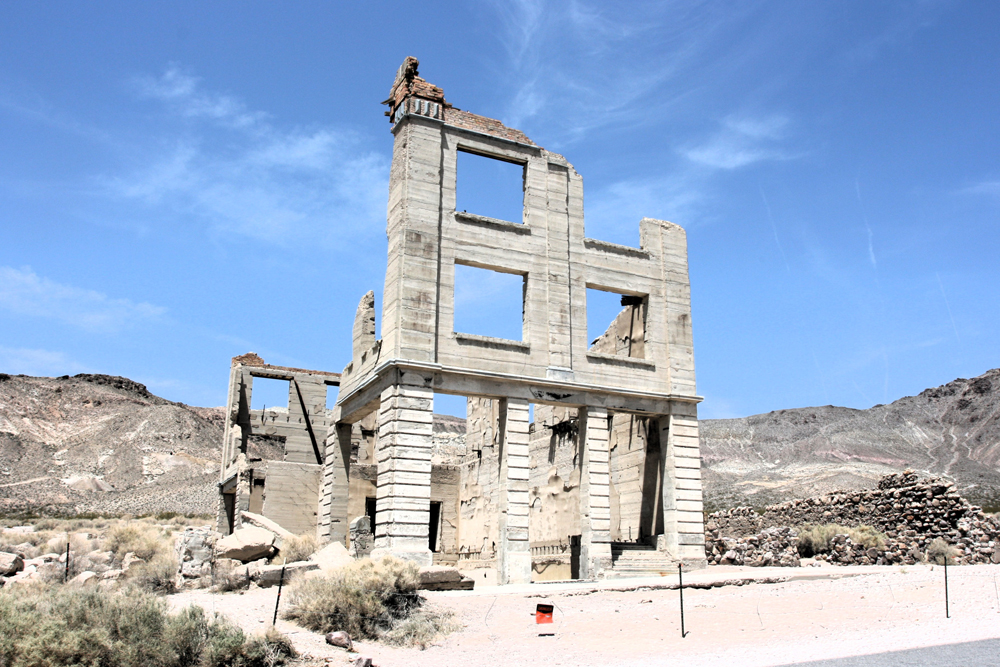
Railroad ghost town When the evening breeze whispers, Rhyolite, a railroad ghost town in Nevada, almost seems to come alive. One can imagine people strolling the concrete sidewalks under electric streetlights while strains of music float from the air-conditioned opera house. Children and their parents are enjoying locally prepared ice cream, the telegraph office is […]
Read More…
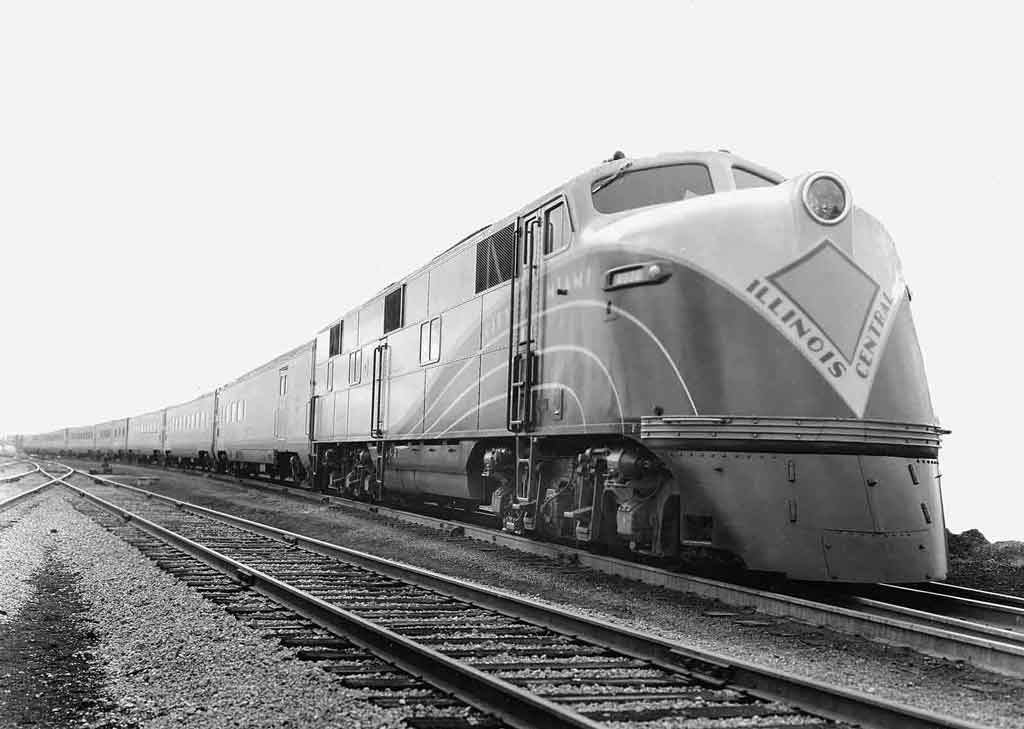
The City of Miami passenger train one of three coordinated services linking Chicago with Miami. There was a time — like, as recently as 1979 — there was direct rail passenger service between the Upper Midwest (notably Chicago) and Florida. This ended with several slashes of Amtrak routes as a result of budget […]
Read More…
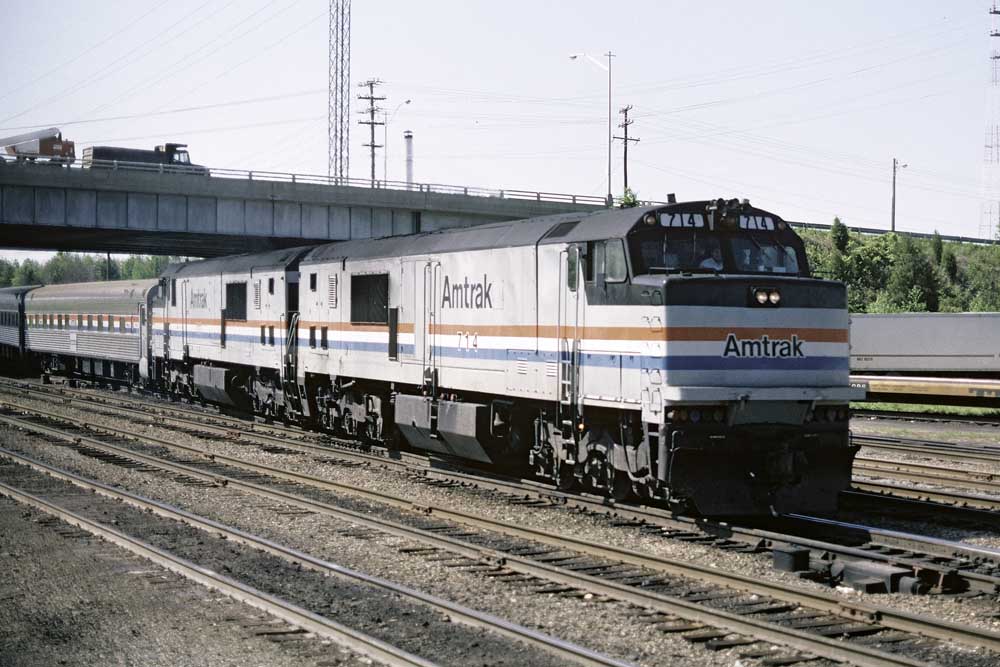
The Amtrak GE P30CH locomotive is the spiritual successor to the GE U30CG passenger locomotive of 1967. Amtrak acquired 25 of the P30CH model, Nos. 700-724, between August 1975 and January 1976. The model designation led to the units’ nickname: “pooch.” It was essentially a U30C freight locomotive with a cowl body and […]
Read More…
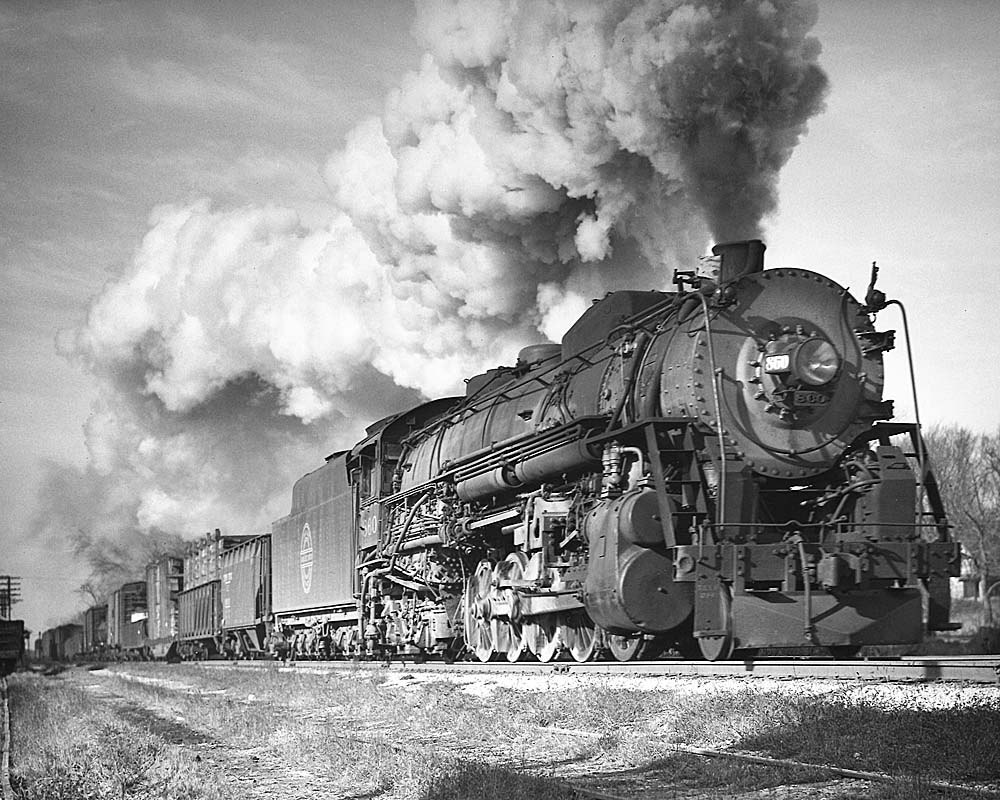
From the smallest narrow-gauge locomotive right up to Big Boy, steam locomotives capture the imagination and occupy a significant place in world history. The steam locomotive’s story runs far, wide, and deep. It continues to unfold today through preservation and restoration. Around every curve, there is another facet of the story waiting to be discovered. […]
Read More…
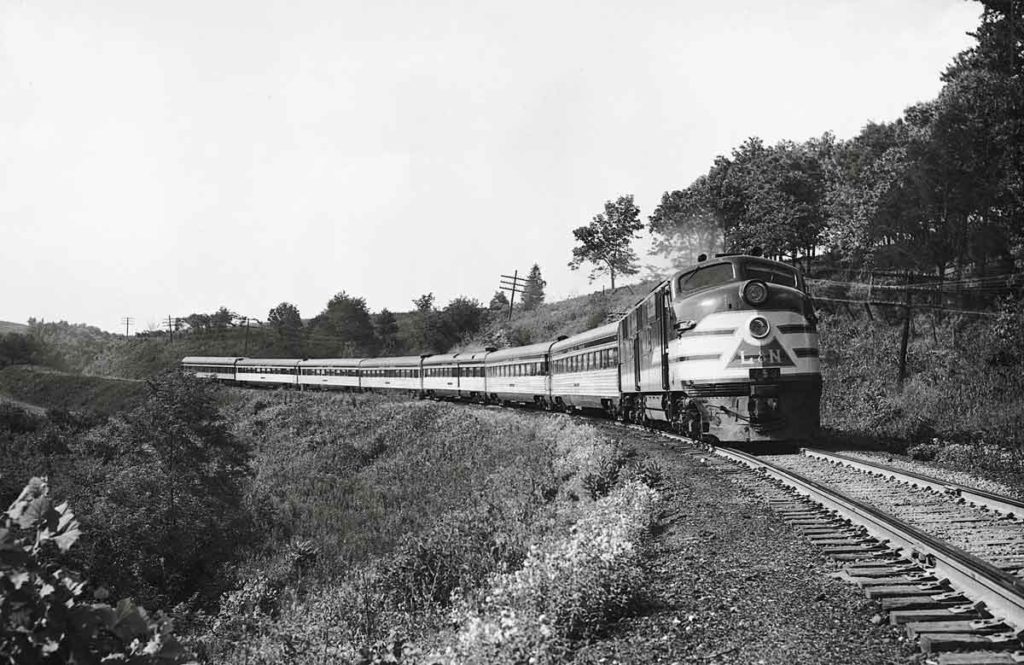
A single E6 diesel leads Louisville & Nashville’s Cincinnati–New Orleans Humming Bird through Turner, Ky., in 1948. A rebuilt heavyweight sleeper trails the original six lightweight cars of the streamliner. L&N photo […]
Read More…
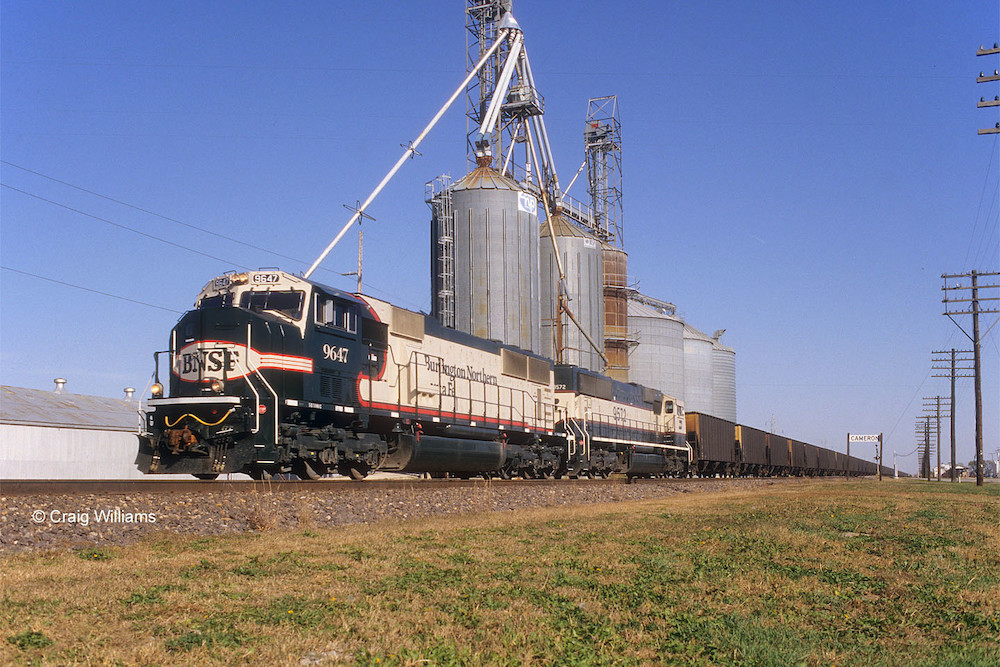
Five worst paint schemes When it comes to a diesel locomotive’s paint scheme, I know what I like. I’m also 100 percent sure that no one else who follows the industry will agree with what I think of as the worst modern diesel locomotive paint schemes, and that’s okay. Below is my list of five […]
Read More…
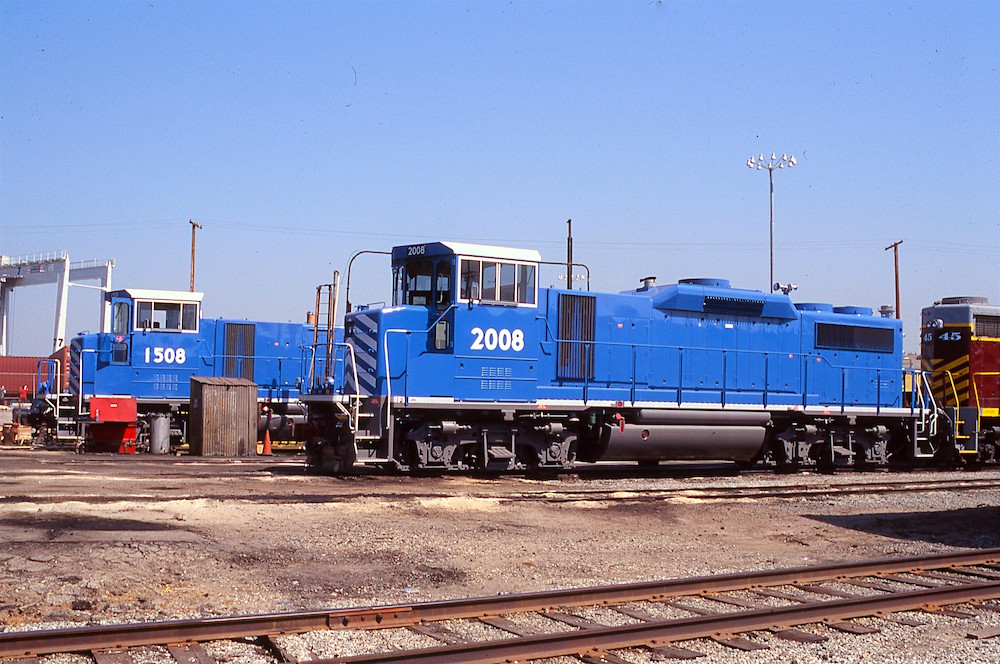
GP15D & GP20D A rare pair of Geep diesel locomotives, the GP15D and GP20D, looked like sure winners, but sank with hardly a ripple when they hit the market in the early 2000s. Locomotive builder MotivePower, Inc., based in Boise, Idaho marketed a light road-switcher concept in the early 2000s that should have appealed to […]
Read More…
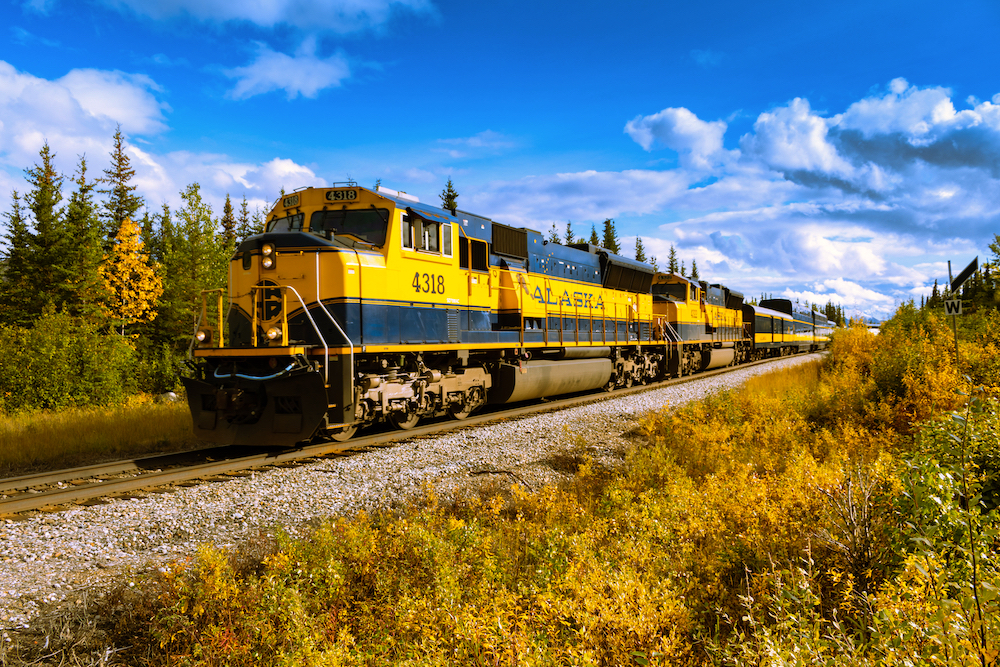
Note: This article corrects an earlier version that contained an error in the description of the SD70’s HTC-R trucks. See Comments for more information. Alaska Railroad’s SD70MACs make up the backbone of the railroad’s freight operations and they also power all the ARR’s long-distance passenger trains — wait, isn’t the SD70MAC a freight locomotive? Although […]
Read More…
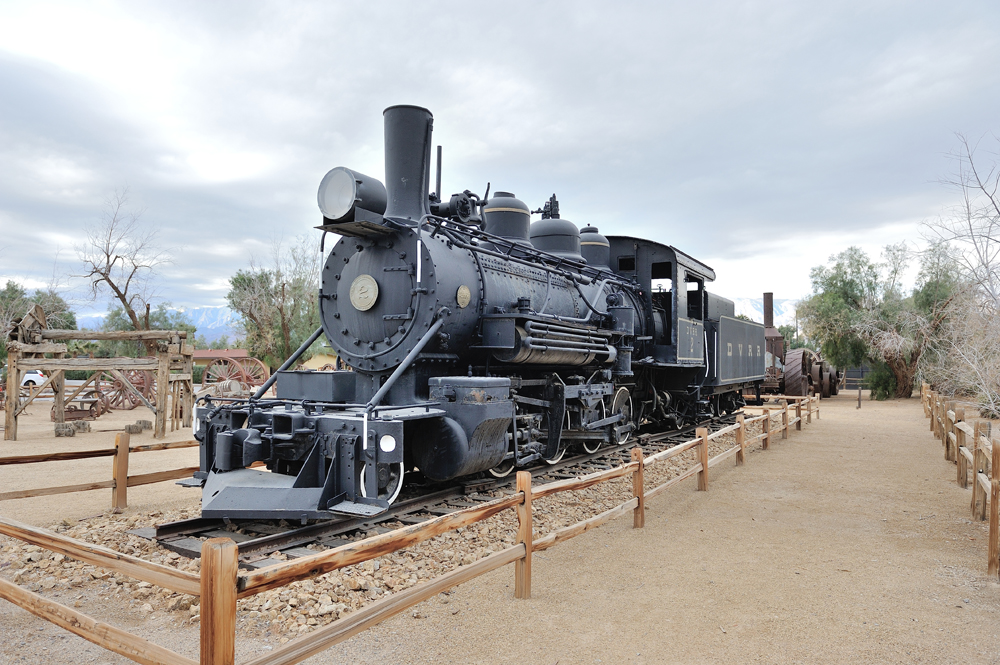
Death Valley Railroad Of all the places to run a railroad, perhaps the last you might expect to find one is California’s Death Valley. I mean, come on. Locals, what there are of them, claim it can be the hottest place on Earth in the summer. As for water, well, there’s not much of that […]
Read More…
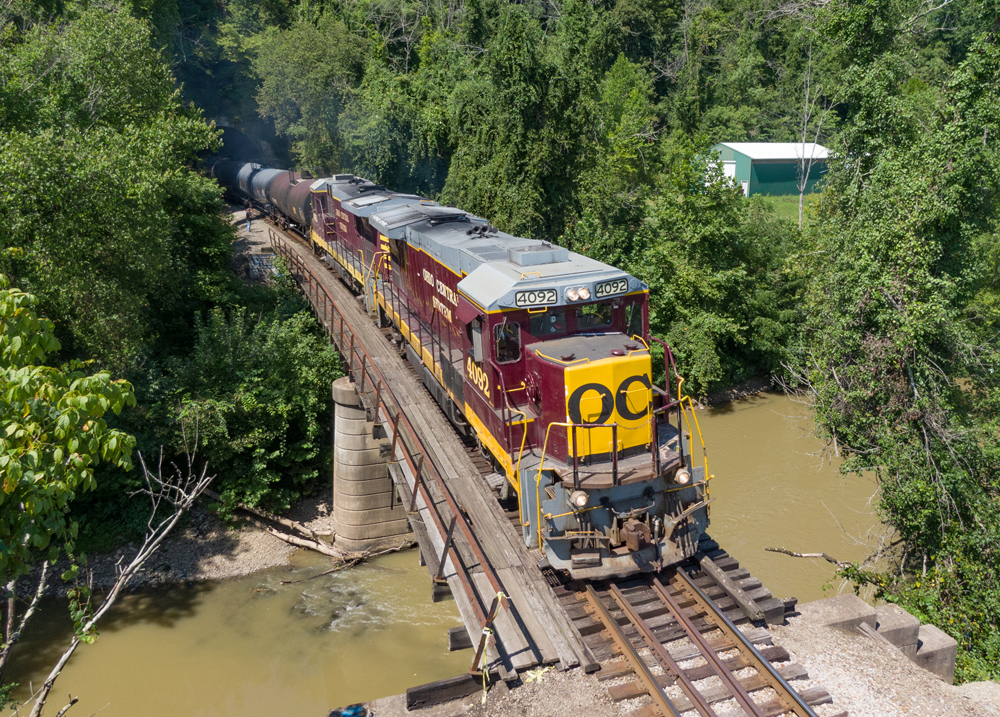
Genesee & Wyoming is undergoing the largest-ever transformation of its corporate locomotive fleet. A consent decree announced in January between the Environmental Protection Agency and G&W requires the company to remove and destroy 88 older locomotives, replacing them with locomotives meeting EPA emission standards [see “Genesee & Wyoming agrees to settlement …,” Trains News Wire, […]
Read More…
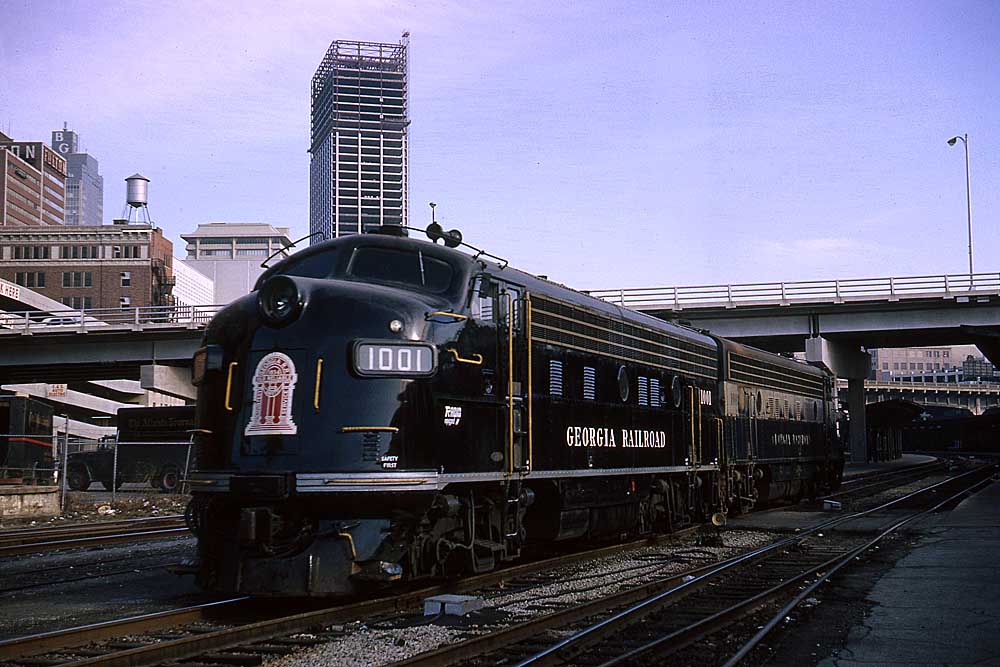
Georgia Railroad locomotives included a mix of small steam designs and EMD models. By 1914 the Georgia Road was powered by an assortment of 4-4-0s, 0-6-0s, Moguls, Ten-Wheelers, four modern Lima 2-8-2s, and a pair of light Pacifics. A handful of all-steel baggage cars, RPOs, and coaches shared the car roster with a […]
Read More…
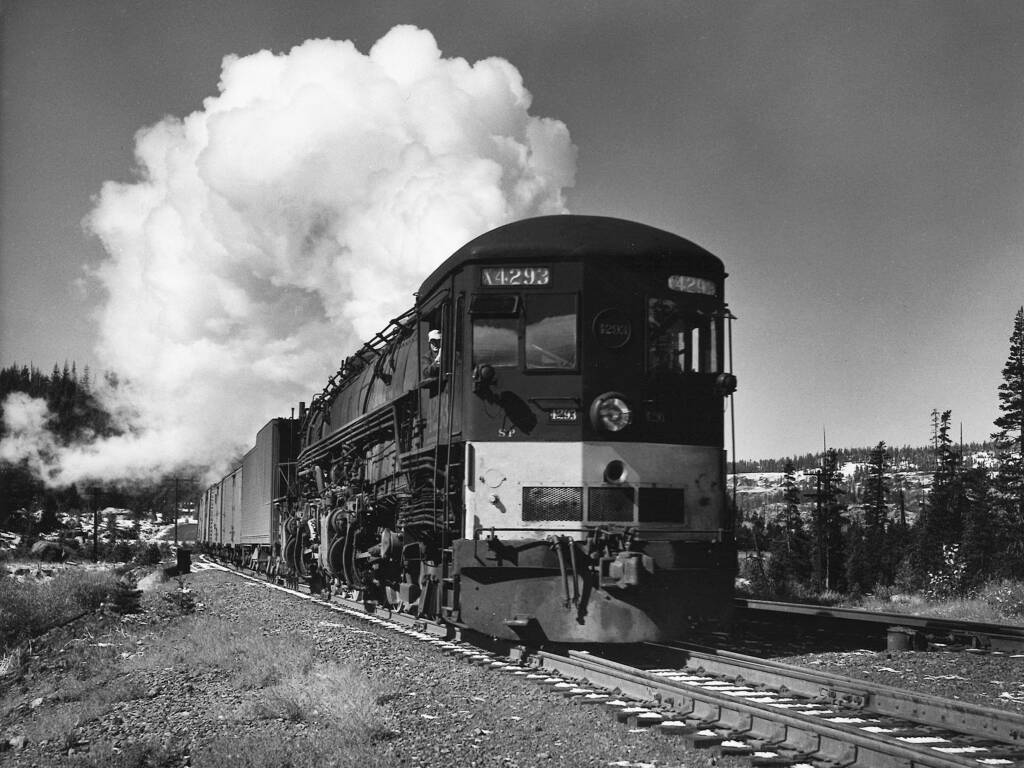
In the steam era, perhaps no sight was as unconventional as an encounter with one of the Southern Pacific cab-forwards. These monstrous AC class 4-8-8-2 steam locomotives turned engine design almost literally on its head by flipping the position of the cab and the firebox to the front. As they would in the diesels that […]
Read More…












